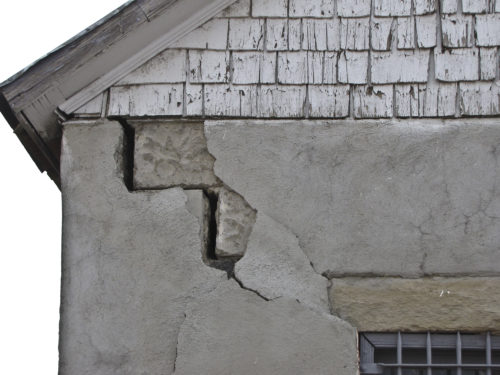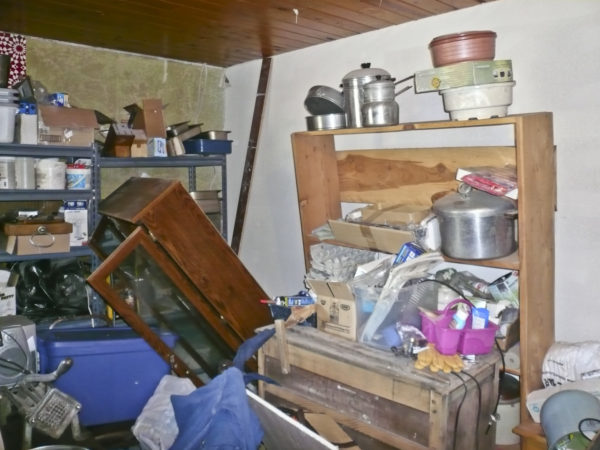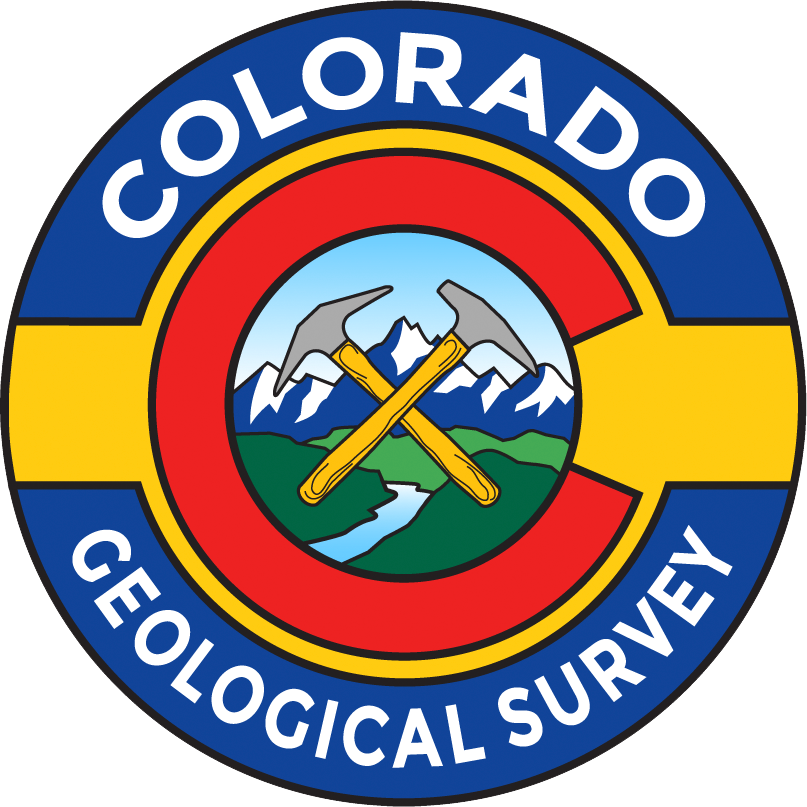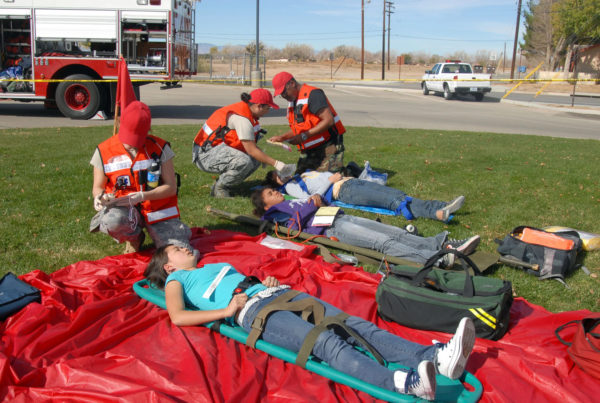
The Great ShakeOut
2022-08-16 | CGS Admin
The origins of The Great ShakeOut project lie, unsurprisingly, in Southern California, one of the more seismically active regions of the country. In 2008 a group of experts collaboratively modeled what might happen when a major earthquake hits the Southern California region. The detailed report, titled The ShakeOut Scenario, formed the basis for educating the community about what could happen during and after a large earthquake (or The Big One in Southern Californian parlance). It also drove efforts across the community to prepare for such a disaster before it takes place. In that area of the country, it’s not an if proposition, it’s when the next earthquake will occur.
The scientific model that was developed predicted that the magnitude 7.8 ShakeOut earthquake would cause about 1,800 deaths and $213 billion (2008 dollars) of economic losses. It would also cause major disruptions of, among other things, commerce across the country—similar to some of the supply-chain issues we are currently experiencing.
That initial report was used to plan an extensive public drill based on that magnitude 7.8 earthquake on the San Andreas Fault. The ShakeOut Earthquake Scenario—A Story That Southern Californians Are Writing includes a gripping moment-by-moment narrative of the unfolding disaster taking place at 10 AM Thursday morning, November 10, 2008. The drill, called The Great Southern California ShakeOut, involved more than 5.3 million participants across the region.
Following that first regional exercise, and to help promote national, state, and local preparedness for earthquake hazards, the Federal Emergency Management Agency (FEMA) along with a number of other agencies and organizations created an earthquake preparedness web site called The Great Shakeout.
Over the past decade The Great Shakeout has expanded and earthquake drills are now held in more than 28 Official ShakeOut Regions including Colorado. It’s possible for anyone, anywhere to register and be counted in the global total. New ShakeOut Regions are established each year.

While most people don’t think Earthquake! when they think of Colorado, the state does experience seismic activity, some of it significant within historical times! As with any natural disaster, being prepared may ease the severity of the inevitable disruptions.
Currently, the now-international annual ShakeOut Day takes place on the third Thursday of October at 10 AM. We at the CGS participate in these drills and encourage all Colorado residents—whether in community organizations, schools, companies, or simply individuals and families—to use the opportunity to test their preparedness. The Great Colorado ShakeOut site has extensive educational resources for organizing your own drill which can be at any time of your choosing, not just during the annual event!
Other Resources
Central United States Earthquake Consortium — Provides a wide range of information on awareness, preparedness, safety, along with the science behind earthquakes.
Earthquake Country Alliance — A public-private-grassroots partnership that develops resources and organizes activities around earthquake preparedness and safety.
Federal Alliance for Safe Homes (FLASH) — Information on life safety, property protection and community resiliency, through empowering communities with the knowledge and resources for strengthening homes and safeguarding families from natural and man-made disasters.
National Earthquake Hazard Reduction Program (NEHRP) — Information on national and local efforts to mitigate the effects of earthquake ground movement on infrastructure.
US Department of Homeland Security – Ready.gov – Earthquakes — General earthquake preparedness information along with other substantial resources.
USGS – Earthquake Hazards Program — Part of NEHRP program, provides resources on earthquake monitoring, education, science and more.
University of Southern California – Southern California Earthquake Center — Facilitates fundamental interdisciplinary research into earthquake processes.
More Earthquake-related Articles
Case Study: Denver – August 9, 1967
Major magnitude 5.3 earthquake shock in Denver One of the strongest and most economically damaging earthquakes to affect the…
It has been 140 years since “The Big One”: Colorado’s largest historic earthquake: November 7, 1882 – Magnitude 6.6. On…
Case Study: The Trinidad, Colorado Earthquakes
[ED: Originally published in 2011 by Vincent Matthews, former State Geologist at the CGS.] Around midnight on August 22, 2011,…
Early History The Colorado School of Mines first acquired and installed a single three-component seismograph in the Cecil H. Green…
Trenching the Cheraw Fault in Southeastern Colorado
One of the missions of the CGS is to better understand the various geological risks that face the residents of…
What to do before, during, and after an earthquake
Earthquakes strike suddenly, violently, and without warning. While Colorado is not as seismically active as some places, it does have…
Categories & Tags
Categories
Tags
2000s, 2020s, earthquake, education, event, FEMA, geologic hazards, geophysics, hazards, history, international, national, outreach, RockTalk, seismicity, statewide, third-party, USGS

